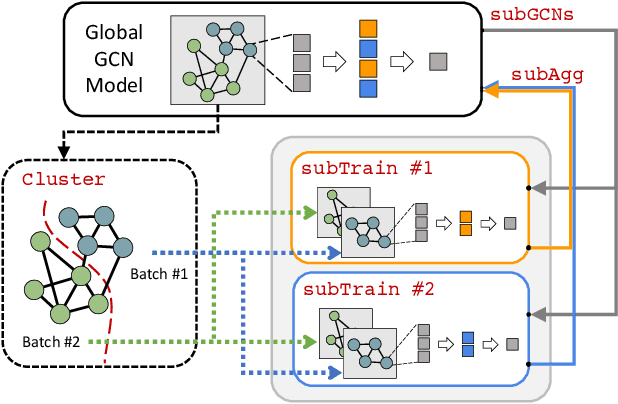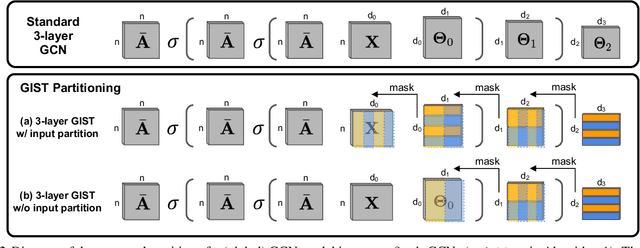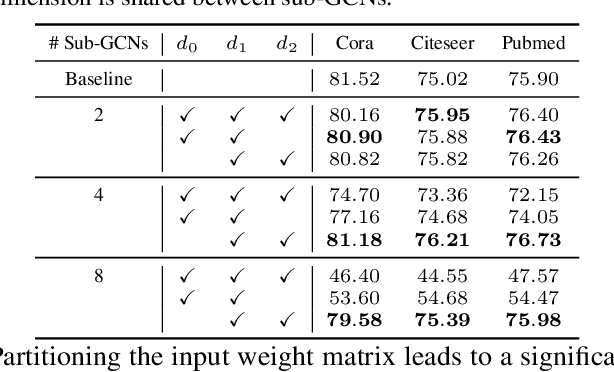Artun Bayer
Label Propagation across Graphs: Node Classification using Graph Neural Tangent Kernels
Oct 07, 2021

Abstract:Graph neural networks (GNNs) have achieved superior performance on node classification tasks in the last few years. Commonly, this is framed in a transductive semi-supervised learning setup wherein the entire graph, including the target nodes to be labeled, is available for training. Driven in part by scalability, recent works have focused on the inductive case where only the labeled portion of a graph is available for training. In this context, our current work considers a challenging inductive setting where a set of labeled graphs are available for training while the unlabeled target graph is completely separate, i.e., there are no connections between labeled and unlabeled nodes. Under the implicit assumption that the testing and training graphs come from similar distributions, our goal is to develop a labeling function that generalizes to unobserved connectivity structures. To that end, we employ a graph neural tangent kernel (GNTK) that corresponds to infinitely wide GNNs to find correspondences between nodes in different graphs based on both the topology and the node features. We augment the capabilities of the GNTK with residual connections and empirically illustrate its performance gains on standard benchmarks.
GIST: Distributed Training for Large-Scale Graph Convolutional Networks
Feb 20, 2021



Abstract:The graph convolutional network (GCN) is a go-to solution for machine learning on graphs, but its training is notoriously difficult to scale in terms of both the size of the graph and the number of model parameters. These limitations are in stark contrast to the increasing scale (in data size and model size) of experiments in deep learning research. In this work, we propose GIST, a novel distributed approach that enables efficient training of wide (overparameterized) GCNs on large graphs. GIST is a hybrid layer and graph sampling method, which disjointly partitions the global model into several, smaller sub-GCNs that are independently trained across multiple GPUs in parallel. This distributed framework improves model performance and significantly decreases wall-clock training time. GIST seeks to enable large-scale GCN experimentation with the goal of bridging the existing gap in scale between graph machine learning and deep learning.
 Add to Chrome
Add to Chrome Add to Firefox
Add to Firefox Add to Edge
Add to Edge